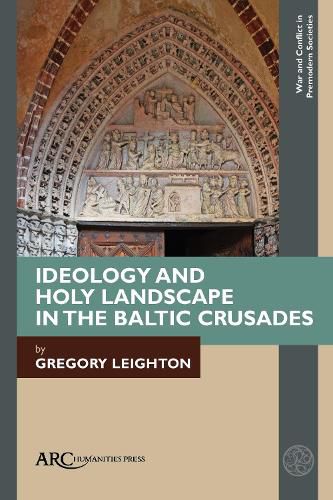Readings Newsletter
Become a Readings Member to make your shopping experience even easier.
Sign in or sign up for free!
You’re not far away from qualifying for FREE standard shipping within Australia
You’ve qualified for FREE standard shipping within Australia
The cart is loading…






This book examines how the military orders and the ideology of crusading gave rise to a new sacred landscape in the medieval Baltic region, an outpost of Latin Christianity. Drawing on a wide variety of sources and international scholarship, the book discusses the paganism of the landscape in written sources pre-dating the crusades, in addition to the narrative, legal, and visual evidence of the crusade period. It draws out the key sacralizing elements as expressed in those sources, which structure the definition of sacred landscape, particularly martyrdom, the manifestation of the sacred, and use of relics in battle. By analyzing these aspects with Geographical Information Systems (GIS), a map of the Baltic campaigns emerges that provides a fresh approach to studying contemporary views of holy war in a region with no initial links to the loca sancta of Jerusalem or Europe.
$9.00 standard shipping within Australia
FREE standard shipping within Australia for orders over $100.00
Express & International shipping calculated at checkout
This book examines how the military orders and the ideology of crusading gave rise to a new sacred landscape in the medieval Baltic region, an outpost of Latin Christianity. Drawing on a wide variety of sources and international scholarship, the book discusses the paganism of the landscape in written sources pre-dating the crusades, in addition to the narrative, legal, and visual evidence of the crusade period. It draws out the key sacralizing elements as expressed in those sources, which structure the definition of sacred landscape, particularly martyrdom, the manifestation of the sacred, and use of relics in battle. By analyzing these aspects with Geographical Information Systems (GIS), a map of the Baltic campaigns emerges that provides a fresh approach to studying contemporary views of holy war in a region with no initial links to the loca sancta of Jerusalem or Europe.